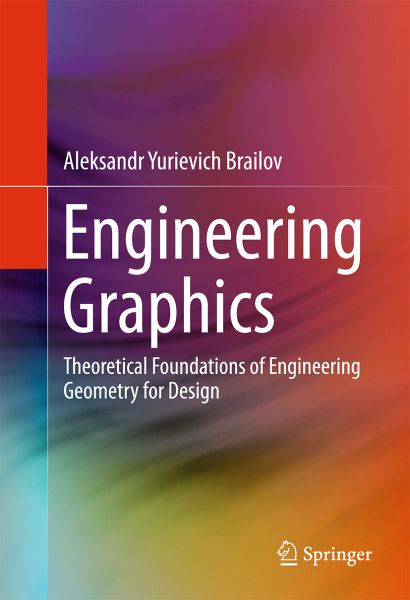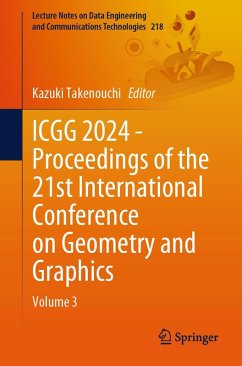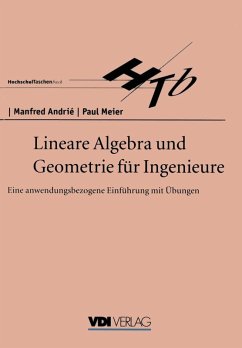
Engineering Graphics (eBook, PDF)
Theoretical Foundations of Engineering Geometry for Design
Versandkostenfrei!
Sofort per Download lieferbar
72,95 €
inkl. MwSt.
Weitere Ausgaben:

PAYBACK Punkte
36 °P sammeln!
This professional treatise on engineering graphics emphasizes engineering geometry as the theoretical foundation for communication of design ideas with real world structures and products. It considers each theoretical notion of engineering geometry as a complex solution of direct- and inverse-problems of descriptive geometry and each solution of basic engineering problems presented is accompanied by construction of biunique two- and three-dimension models of geometrical images. The book explains the universal structure of formal algorithms of the solutions of positional, metric, and axonometri...
This professional treatise on engineering graphics emphasizes engineering geometry as the theoretical foundation for communication of design ideas with real world structures and products. It considers each theoretical notion of engineering geometry as a complex solution of direct- and inverse-problems of descriptive geometry and each solution of basic engineering problems presented is accompanied by construction of biunique two- and three-dimension models of geometrical images. The book explains the universal structure of formal algorithms of the solutions of positional, metric, and axonometric problems, as well as the solutions of problems of construction in developing a curvilinear surface. The book further characterizes and explains the added laws of projective connections to facilitate construction of geometrical images in any of eight octants. Laws of projective connections allow constructing the complex drawing of a geometrical image in the American system of measurement and the European system of measurement without errors and mistakes. The arrangement of projections of a geometrical image on the complex drawing corresponds to an arrangement of views of a product in the projective drawing for the European system of measurement. The volume is ideal for engineers working on a range of design projects as well as for students of civil, structural, and industrial engineering and engineering design.
Dieser Download kann aus rechtlichen Gründen nur mit Rechnungsadresse in A, B, BG, CY, CZ, D, DK, EW, E, FIN, F, GR, HR, H, IRL, I, LT, L, LR, M, NL, PL, P, R, S, SLO, SK ausgeliefert werden.












